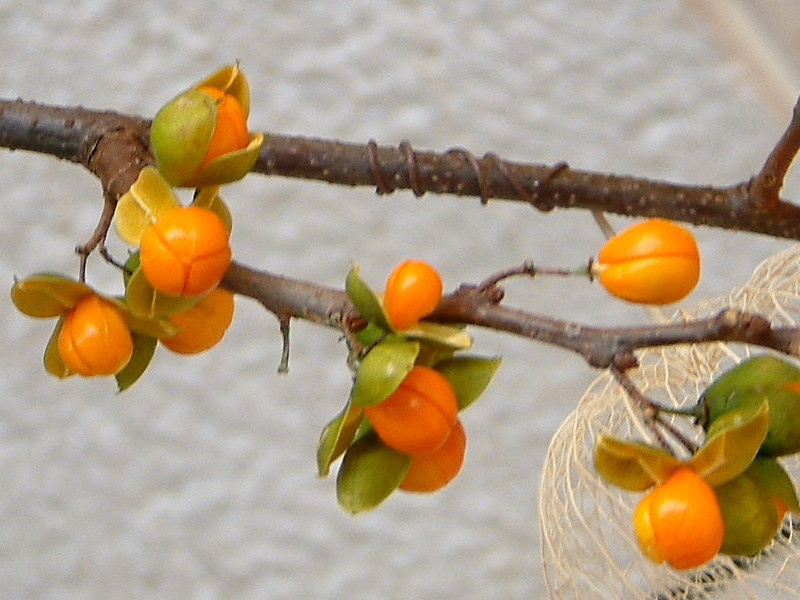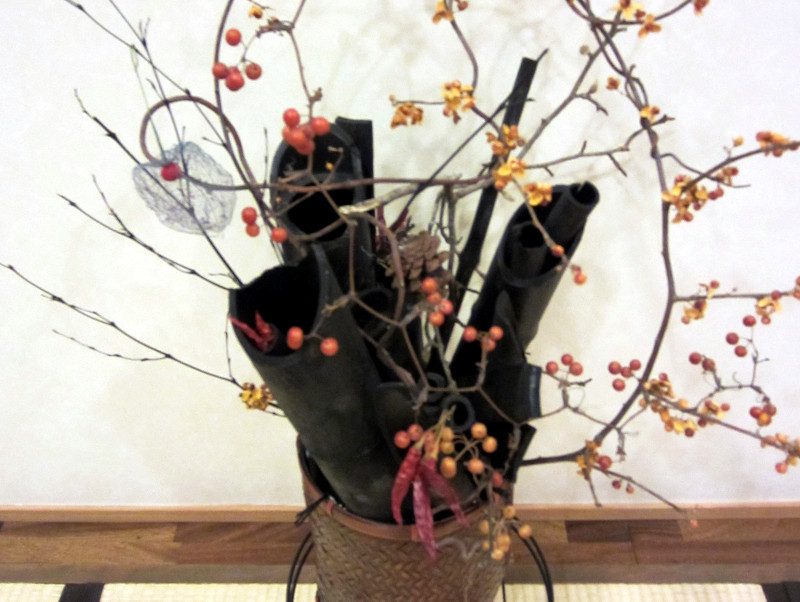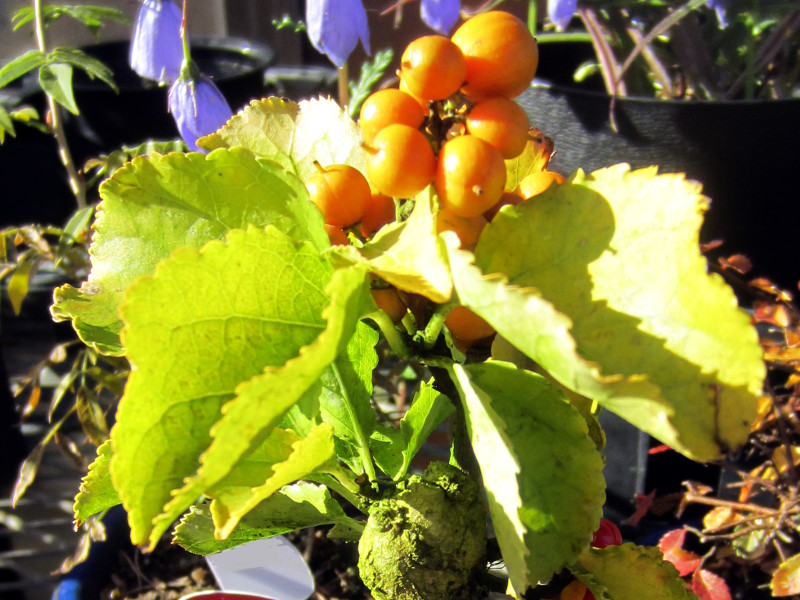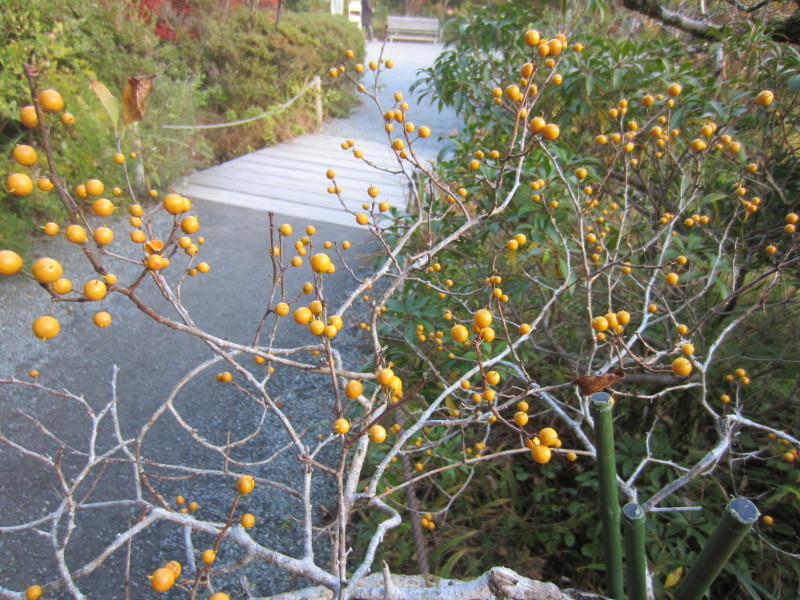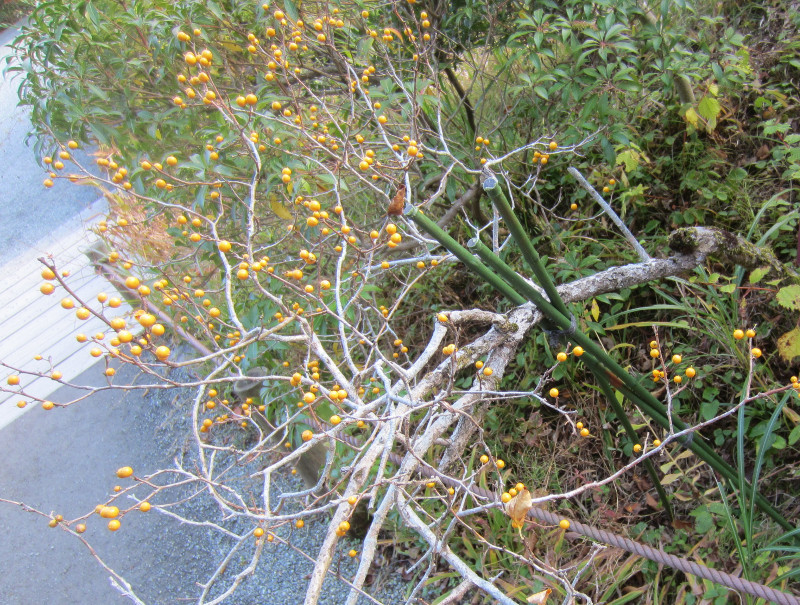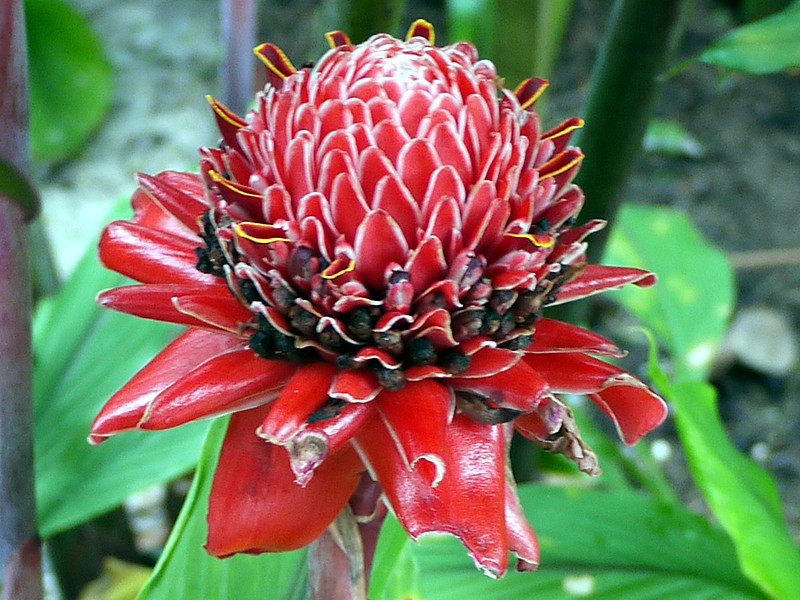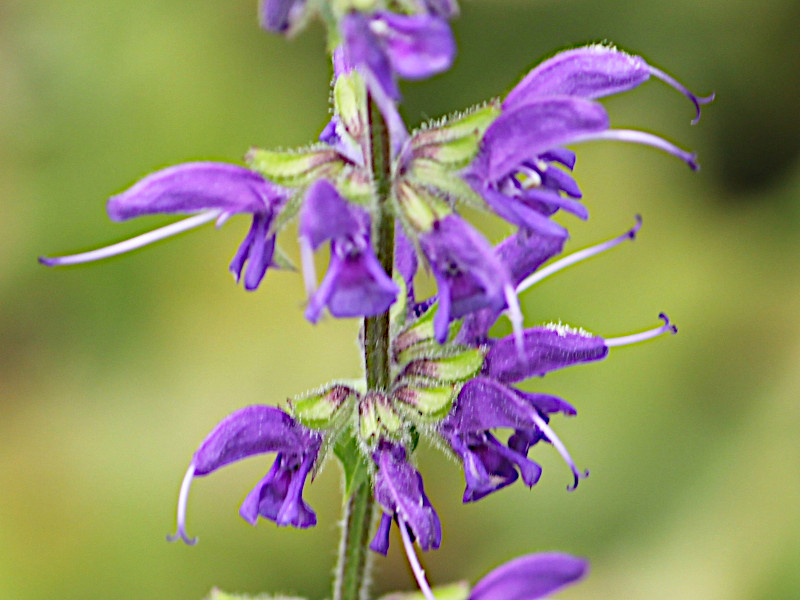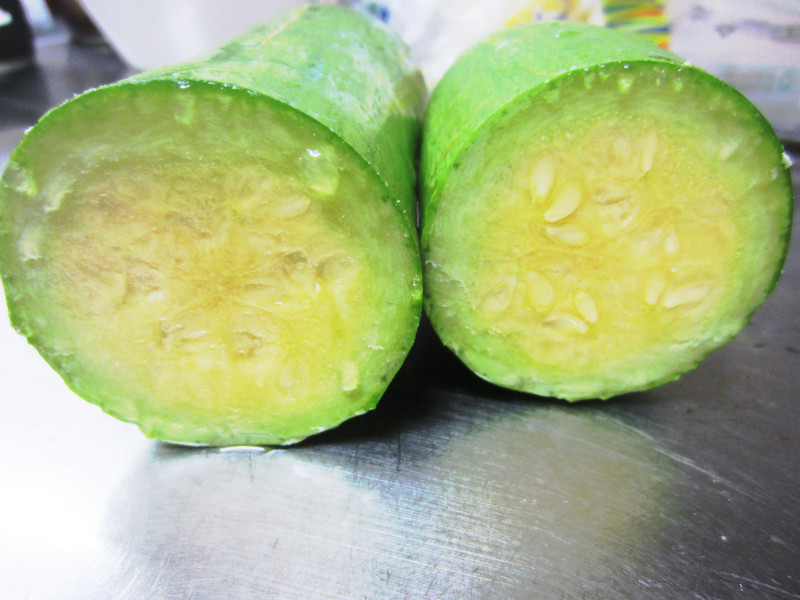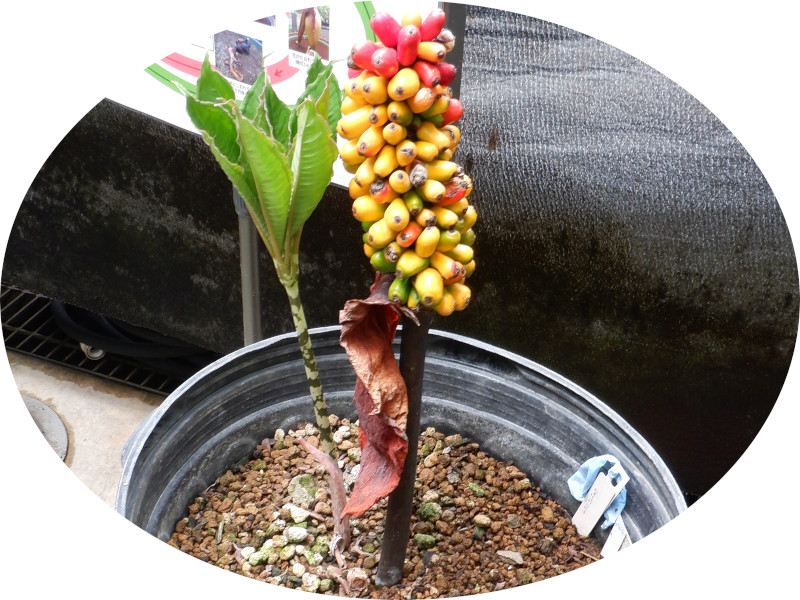Celastrus orbiculatus
- Flower nameCelastrus orbiculatus
- Scientific nameCelastrus orbiculatus
- AliasJapanese bittersweet, 蔓梅擬
- Place of originEast Asia
- Place of floweringLow mountains
- Flowering seasonMay, June
What is Celastrus orbiculatus
Celastrus orbiculatus or Oriental bittersweet, scientific name:Celastrus orbiculatus , is a woody deciduous vine of the genus Celastrus, Department of Celastraceae native to East Asia include Japan. In Japan it grows from Hokkaido to Okinawa. Bloom many pale yellow flowers in late spring, the leaves axil. In autumn, small yellow fruits are formed, the skin is split into three, and seeds covered with a bright orange or red temporary seed coat appear from inside. Japanese is a vine plant, which resembles the ume (plum) and was named.
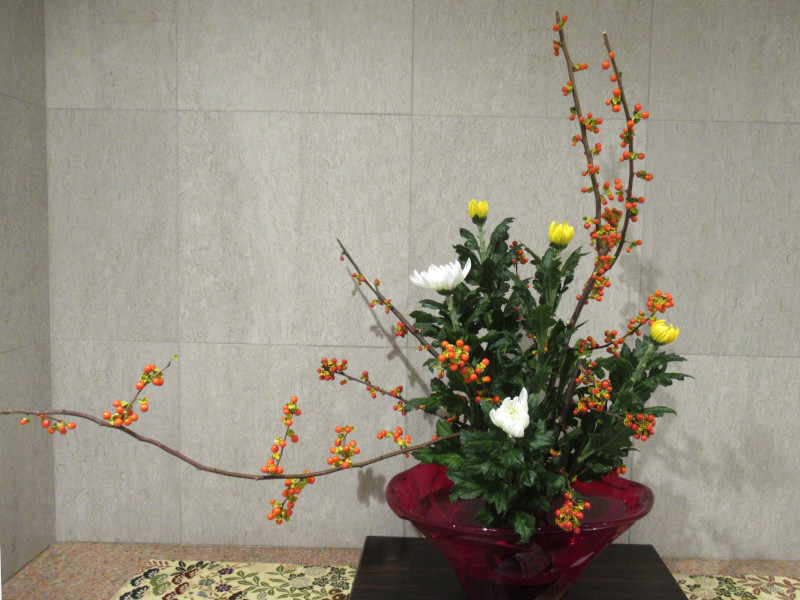
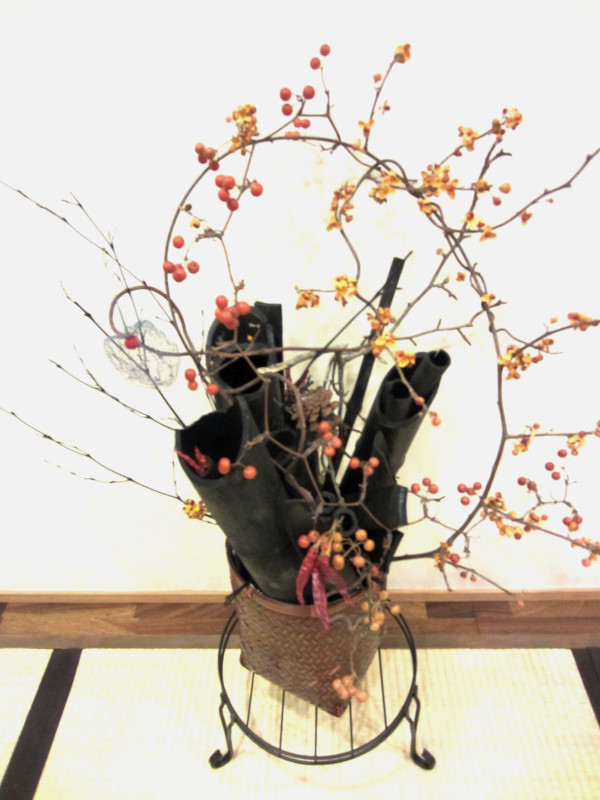
Celastrus orbiculatus (Oriental bittersweet) is often used in ikebana (Japanese flower arrangement).
Common name: Celastrus orbiculatus , scientific name:Celastrus orbiculatus, aka Nichido bittersweet, origin: East Asia, Habitat: Japan's Hokkaido to Okinawa, environment: wild, living type: deciduous Woody vines, plant: vine: hairless, vine skin color: purple purplish brown, leaf: oval, leaf: fine serrated, phyllotaxis: alternate, leaf color: green → yellow (autumn), dioecious, radial symmetry, ovary: top, flower color: pale yellow-green, inflorescences form: cymose inflorescences, Number of petals: five, sepals: five,: number of stamens five, flowering: May-June, fruit color: yellow, fruit type capsule and ripens fruit, fruit color pale yellow, formal coat color: red, breeding: bird, uses: trees, hedges, flower arrangement, decoration, bird feeding.
Related pages
Oriental bittersweet(scientific name:Celastrus orbiculatus)
Special feature: orange-colored fruits
#Oriental bittersweet #Celastrus orbiculatus #Ikebana


